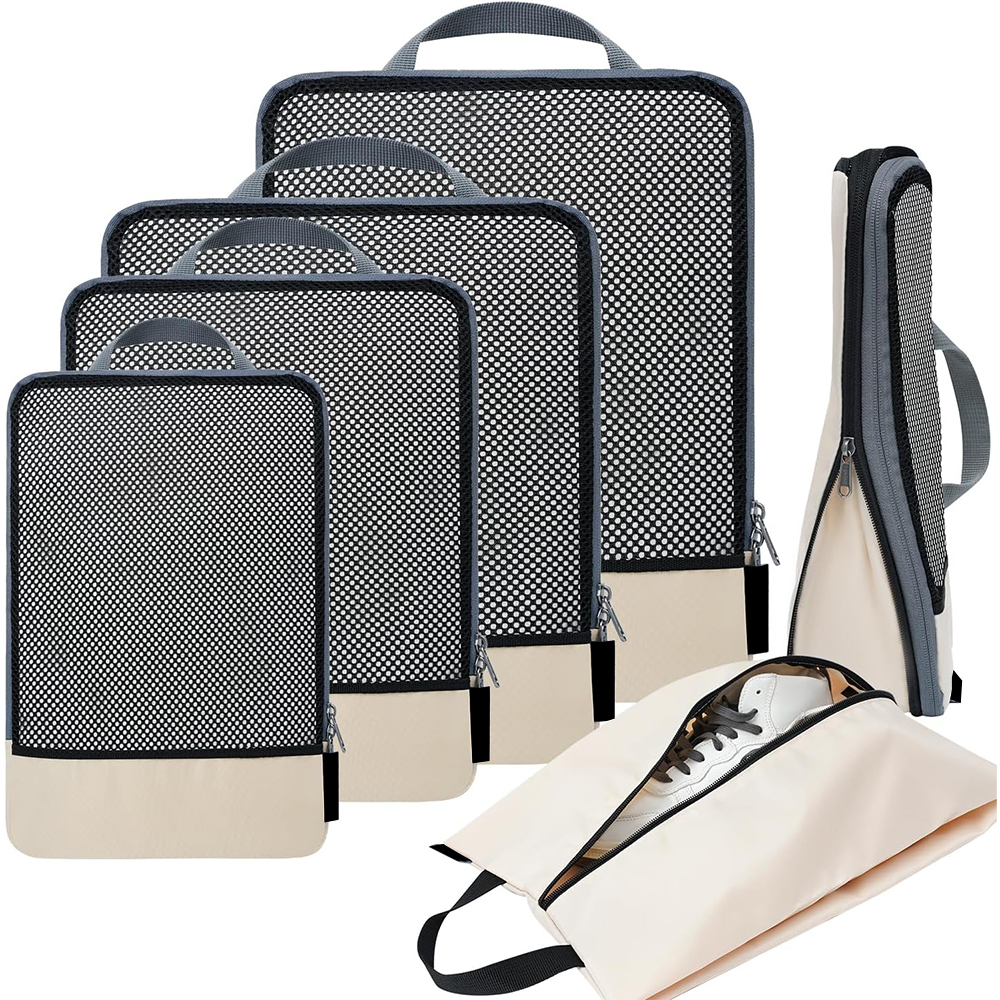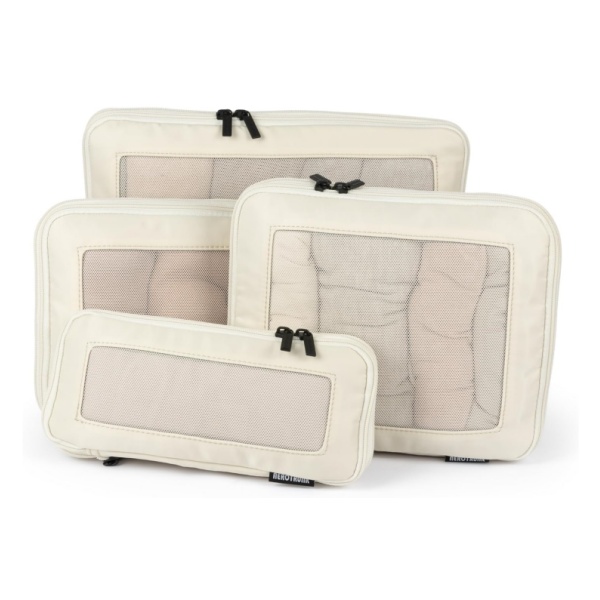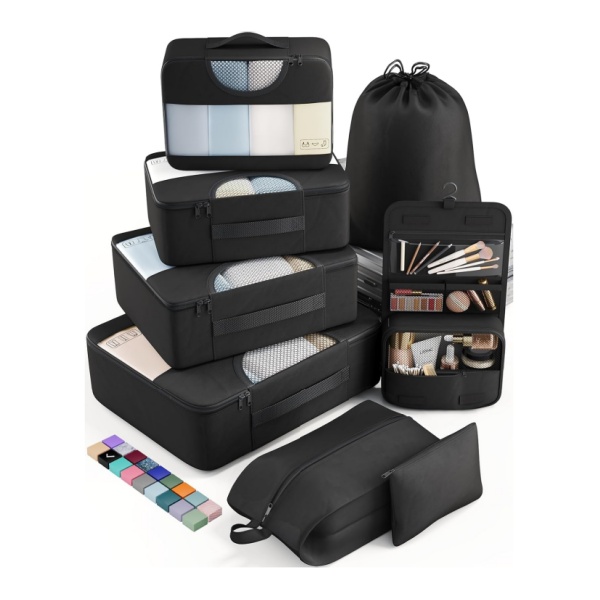Ever stared at an overstuffed suitcase and thought, *“There’s got to be a better way”?* I’ve been there. After years of wrestling with tangled clothes and wasted luggage space, I tested both packing cubes and compression cubes. Let’s break down which one deserves a spot in your travel kit—and why.
Packing cubes organize clothes into compartments, while compression cubes squeeze air out to save space. Choose packing cubes for lightweight organization or compression cubes for bulky items like jackets. Hybrid travelers often use both.
1 What’s the *Actual* Difference?
Packing cubes are zippered fabric containers that compartmentalize your clothes. Think of them as drawers for your suitcase. Compression cubes take it further: they have extra panels or valves to press out air, shrinking your clothes into flatter, tighter bundles.
For example, roll a sweater into a regular packing cube, and it’ll stay neat. Stuff it into a compression cube, and you’ll squash it down until it’s half its original thickness. The trade-off? Compression requires a bit more effort—like sitting on the cube to zip it shut (we’ve all done it).
2 When Packing Cubes Win (and Why)
Packing cubes shine for short trips or minimalists. They’re lightweight, simple, and perfect for separating outfits, underwear, or toiletries. No wrestling with zippers or straps—just toss items in and go.
I use them for business trips: one cube for shirts, another for socks. They’re also gentler on delicate fabrics like silk or linen. No squeezing means fewer wrinkles. Plus, they’re cheaper. If you’re not hauling bulky gear, packing cubes are the hassle-free MVP.
3 The Superpower of Compression Cubes
Compression cubes are the heroes of cold-weather trips or backpacking. That puffy jacket? A compression cube turns it into a pancake. They’re ideal for **maximizing luggage space** without checked-bag fees.
Here’s the catch: compressing clothes *too* tightly can crease them. I learned this the hard way with a dress shirt that looked like origami. Still, for jeans, sweaters, or towels, they’re unbeatable. Some cubes even have two compartments—one for compression, one for regular storage.
4 Durability: Which Lasts Longer?
Packing cubes are usually made from thinner nylon or mesh since they don’t handle heavy pressure. Compression cubes need tougher materials to survive repeated squishing. Look for reinforced seams and YKK zippers (though I won’t name brands!).
My oldest compression cube survived three years of backpacking—zippers intact, no tears. A packing cube? Its mesh frayed after a year of rough handling. If you’re rough on gear, compression cubes might outlast their simpler cousins.
5 The Sneaky Downsides Nobody Talks About
Packing cubes can create a false sense of space. “I’ll just add one more cube!”—and suddenly, your bag’s overweight. Compression cubes? They’re heavier, and over-stuffing them strains zippers.
One time, I compressed a cube so much it burst open mid-flight. Lesson: moderation matters. Both tools require discipline. Don’t pack more just because you *can*.
6 Pro Tips to Master Both
Layer them: Put compression cubes at the bottom of your suitcase, packing cubes on top.
Color-code: Use red for essentials, blue for extras. No more digging!
Leave room: Fill cubes to 90% capacity. Overstuffing = wrinkles or broken zippers.
My favorite hack? Put shoes in a compression cube to keep dirt off clothes
Packing cubes keep it simple; compression cubes save space. Your choice boils down to *what* you pack and *how* you travel. Try both—you might never go back to chaotic suitcase digging. Now, go conquer that next adventure (without the baggage stress).






